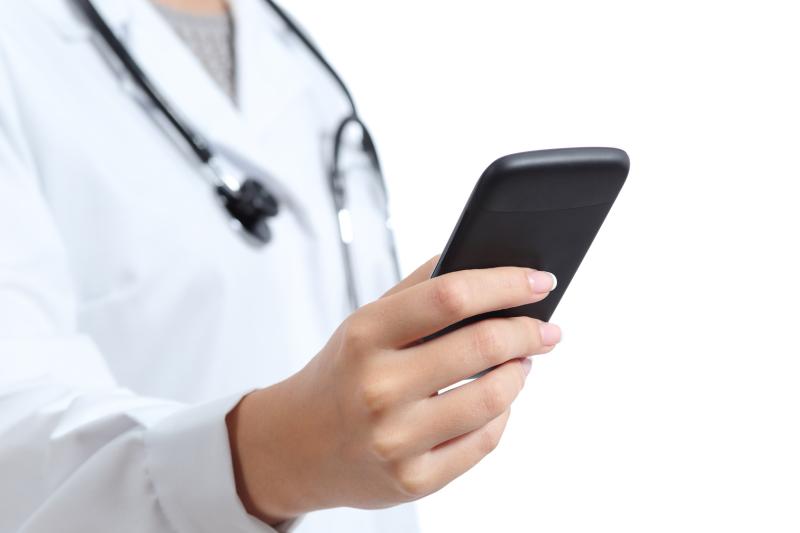 Mobile apps as tools for medical research
Mobile apps as tools for medical researchPush notifications, delivered through smartwatches or smartphones, can decrease the lag time between the release of a test result and physician decision-making in the emergency department (ED), according to a recent study.
“This study’s findings demonstrate a correlation between employment of test-result push notifications to smart devices and improved patient care efficiency,” said researchers.
Of the 152,574 ED encounters included in the study, 148,391 (median patient age, 41 years; 50.6 percent female) were without a push notification; the remaining 4,183 encounters (median patient age, 51 years; 51.8 percent female) corresponded to a total of 6,115 notifications. Of the 241 participating ED providers, only 32 percent (n=78) subscribed to at least one push notification. [West J Emerg Med 2019;20:666-671]
Further, only 19.2 percent of these providers (n=15) accounted for 79.7 percent of all push notifications. Among the subscribers were 37 attending physicians, 17 physician assistants and 24 resident physicians.
Push notifications were delivered for a total of 320 unique laboratory or imaging results, though only 2.7 percent of all ED presentations during the study period were subscribed to push notifications. This increased slightly over time, however, rising from 2,911 notifications from the first 6 months to 3,204 in the following 6 months.
Six different diagnostic tests were included in the present analysis: chest radiography (CXR; n=32,108), basic metabolic panel (BMP; n=88,300), urinalysis (UA; n=39,907), respiratory pathogen panel (RPP; n=3,159), D-dimer test (n=898) and haemoglobin test (n=870).
Subscribing to push notifications resulted in significantly reduced lag time between the diagnostic tests and decisions by the physician. For example, the time from the release of CXR results to a disposition decision being made was 80 minutes in the no-notification cohort. This was significantly greater than the 56-minute lag in their push notification counterparts (p<0.01).
Similar patterns were reported for BMP (128 vs 116 minutes; p<0.01), UA (105 vs 55 minutes; p<0.01) and RPP (80 vs 37 minutes; p<0.01) results. The time from D-dimer results to a computed tomography pulmonary angiography order was likewise significantly reduced with push notifications (14 vs 6 minutes; p<0.01).
No such effect was reported for the time difference between haemoglobin results to a transfusion order (36 vs 17 minutes; p=0.73), though the researchers pointed out that a 19-minute difference is still likely to be clinically meaningful. The failure to achieve significance may be due to the small number of cases.
“Of the six diagnostic test types examined, all were associated with a decrease in lag time from result availability to the next clinical step – either patient disposition, or defined follow-up order,” they continued. This was particularly apparent for UA and RPP results.
“Both UA and RPP require specific collection (urine sample or nasopharyngeal swab), which commonly leads to delays, and both tests typically take longer to result than blood tests; result notifications may be more efficacious in the setting of tests that are slow to result,” the researchers added.
In other tests, for which the effects of push notifications on time lag were more modest, such as CXR, BMP and D-dimer tests, even small differences may still be eventually relevant, especially in the context of cascading delays in the ED.
“The use of push notifications may play a role in improving the timeliness of care delivered in the ED,” they researchers said.